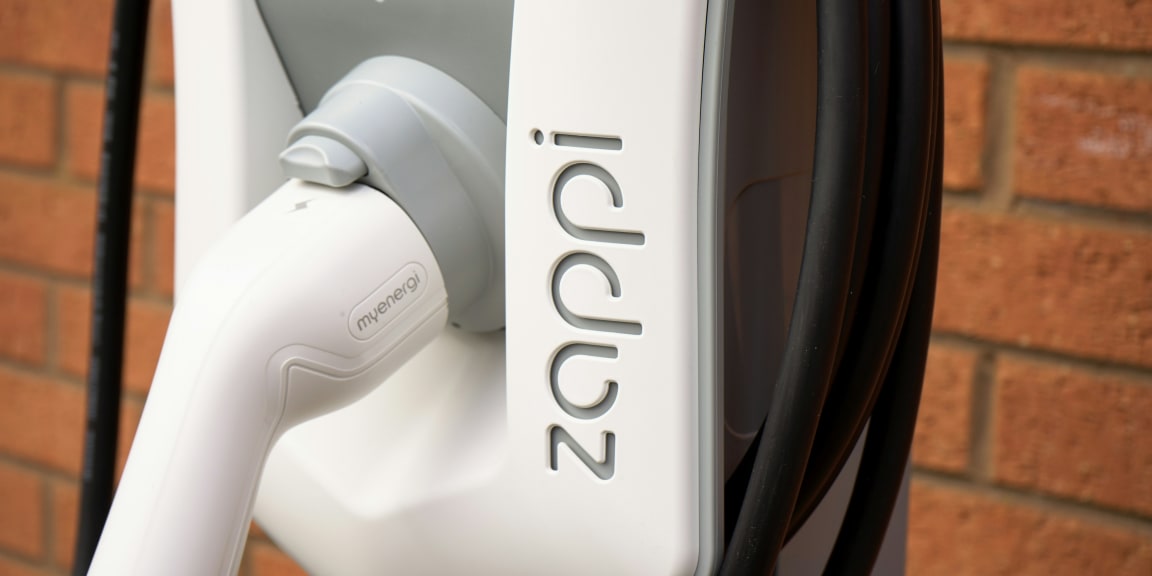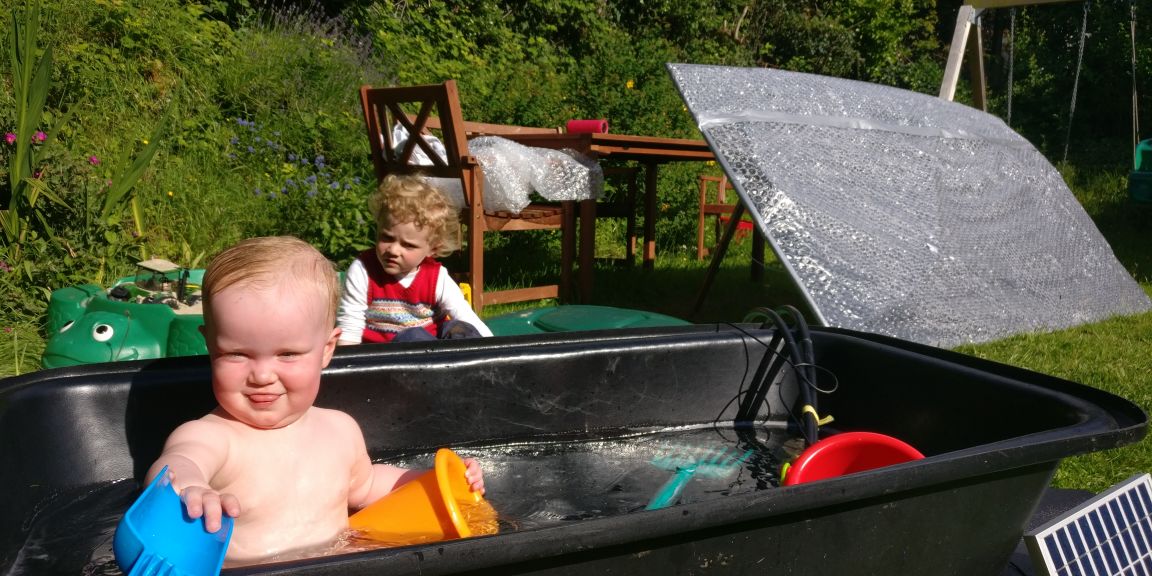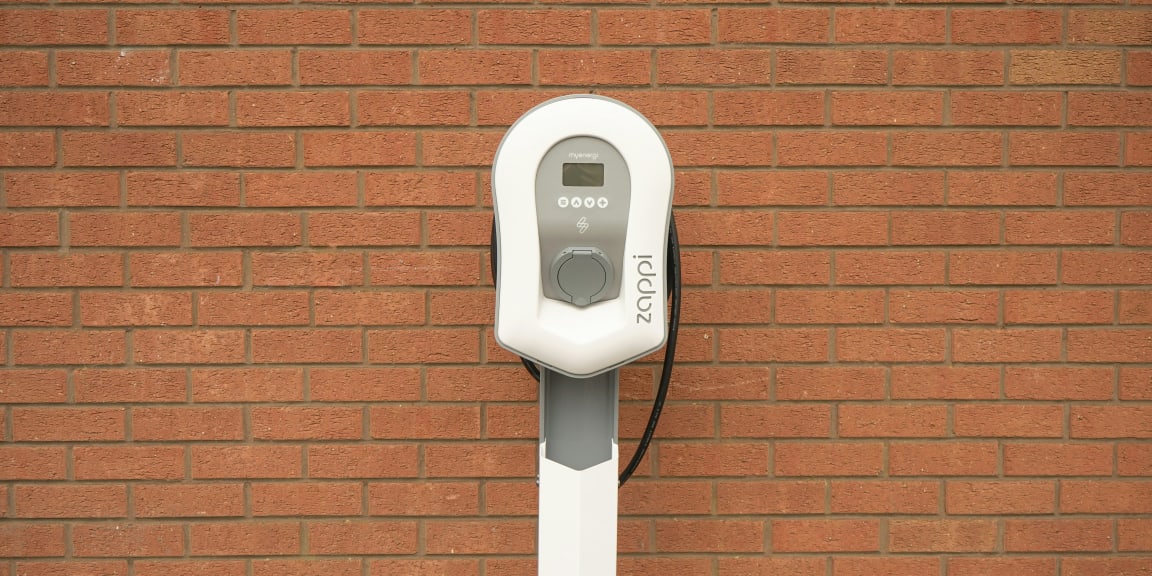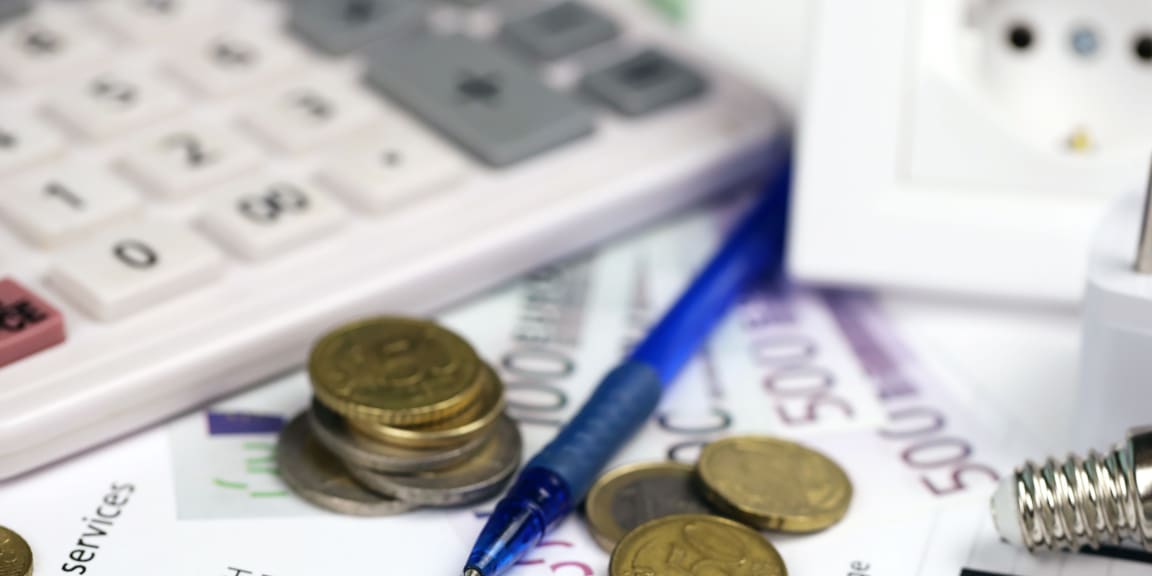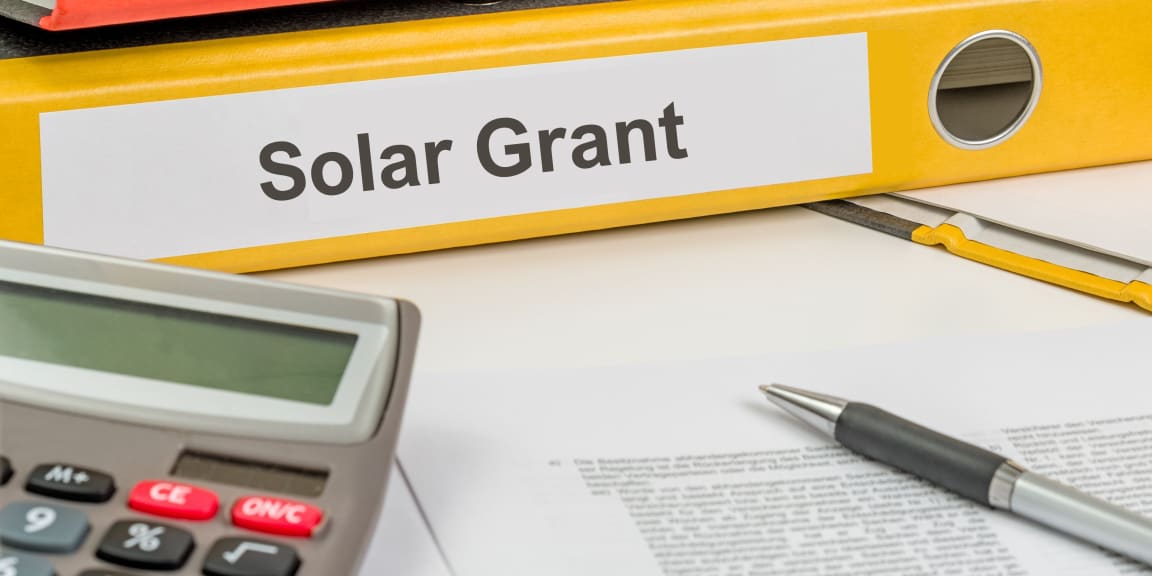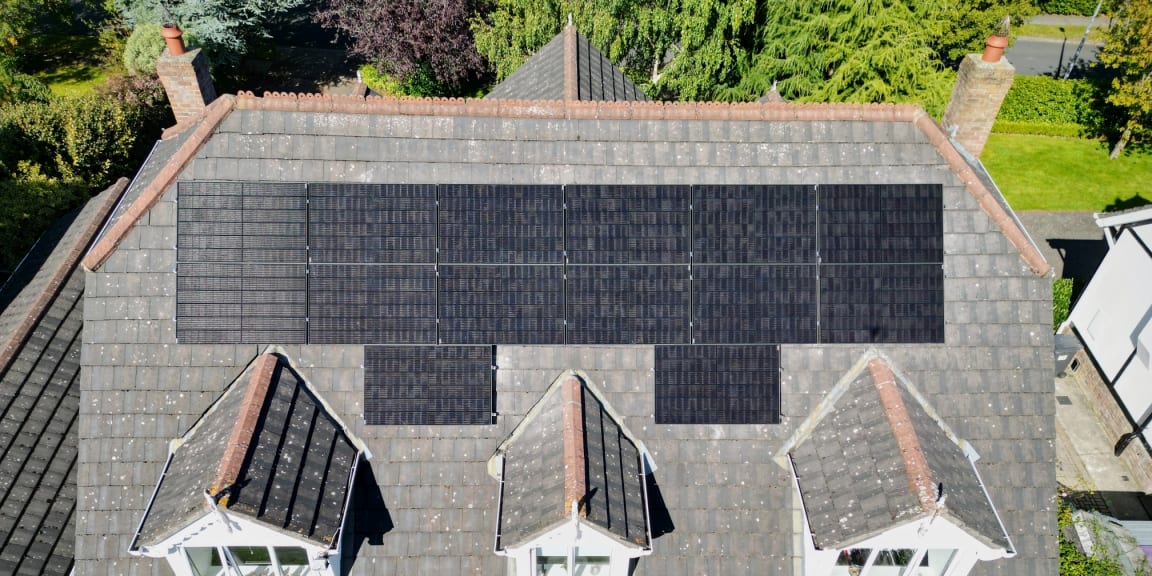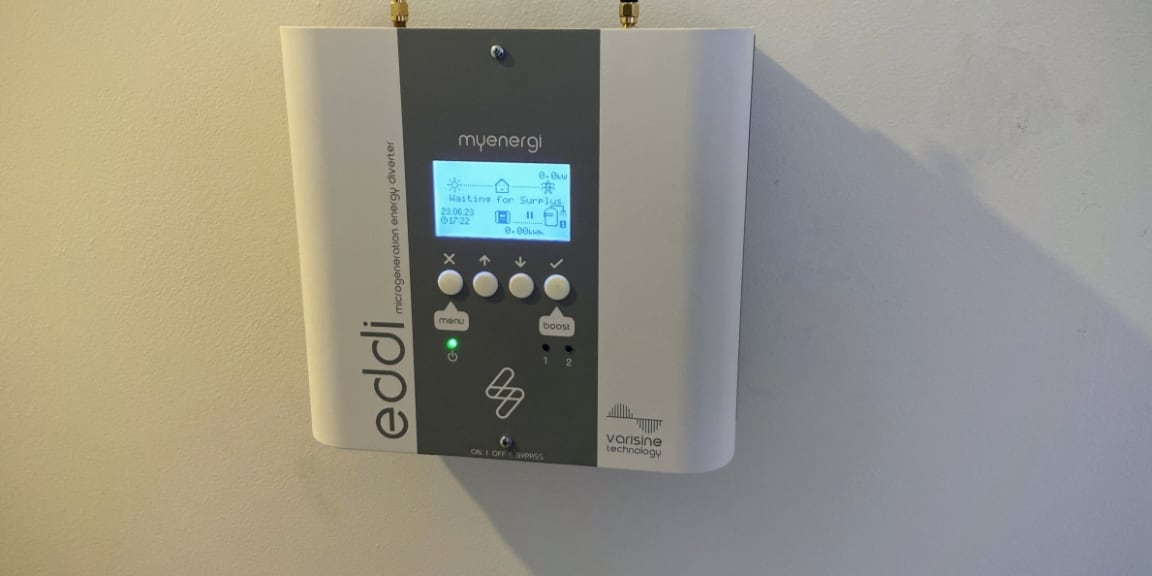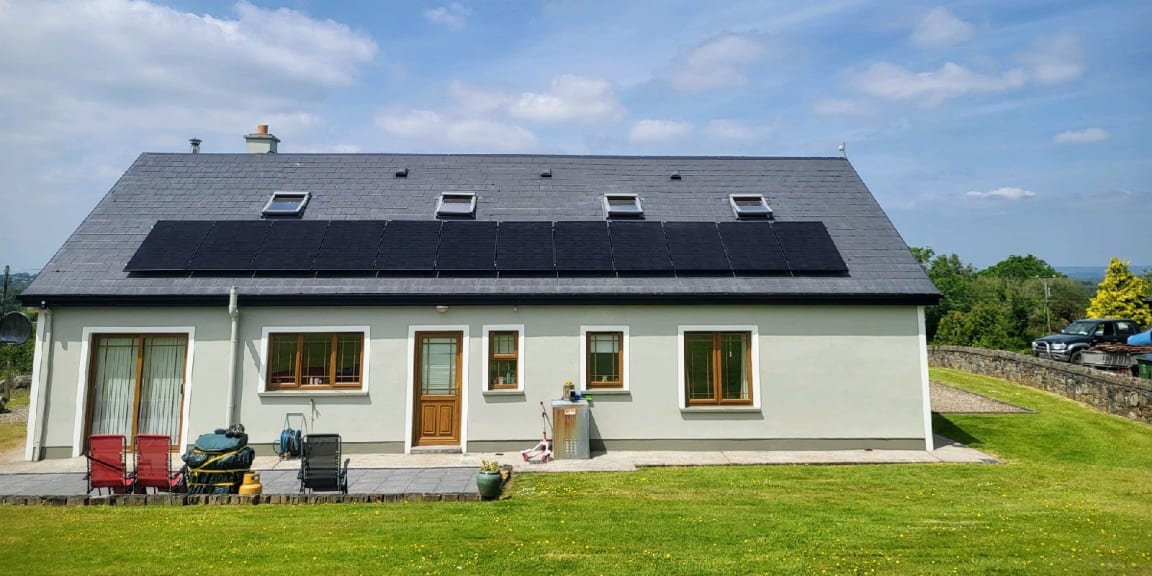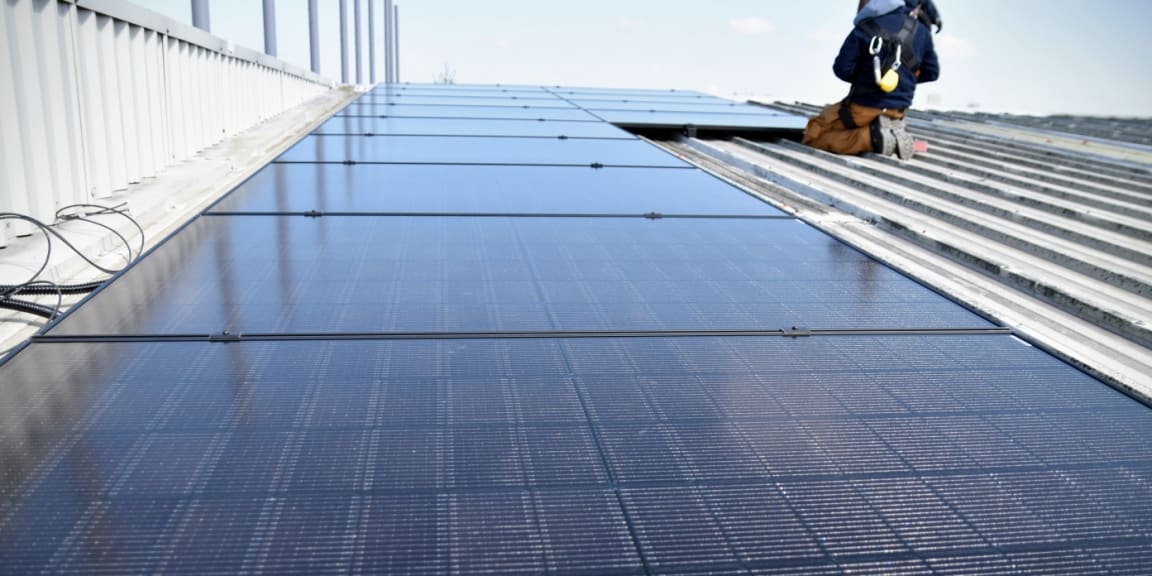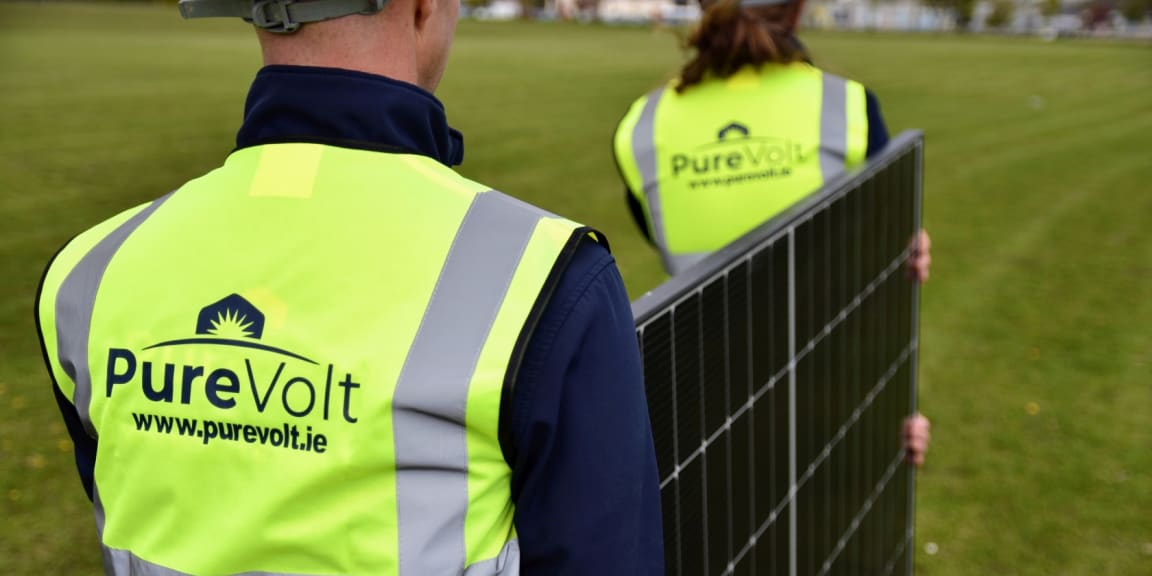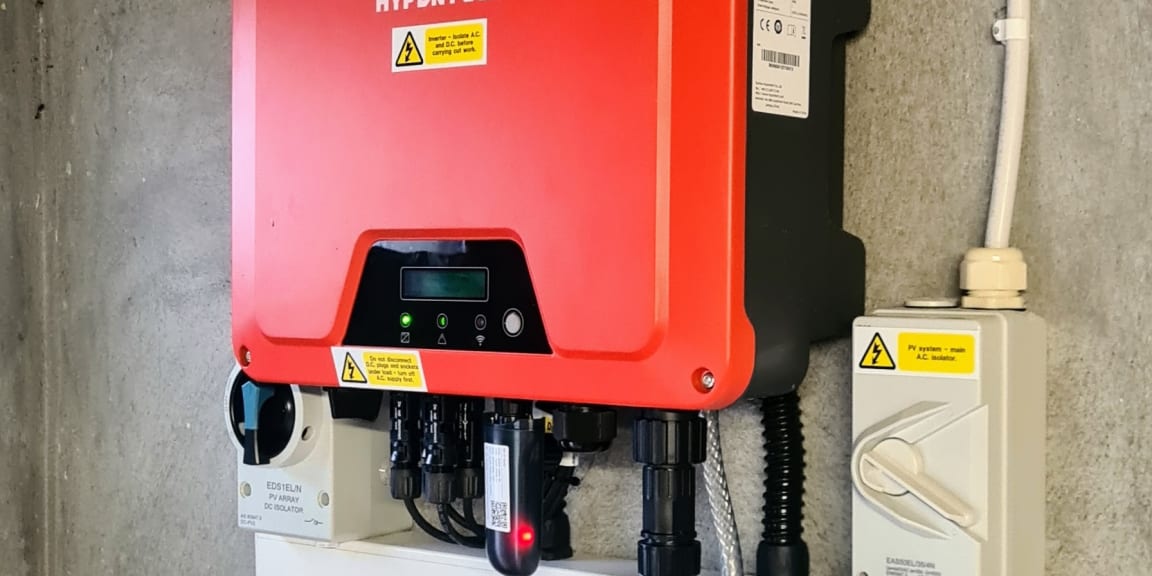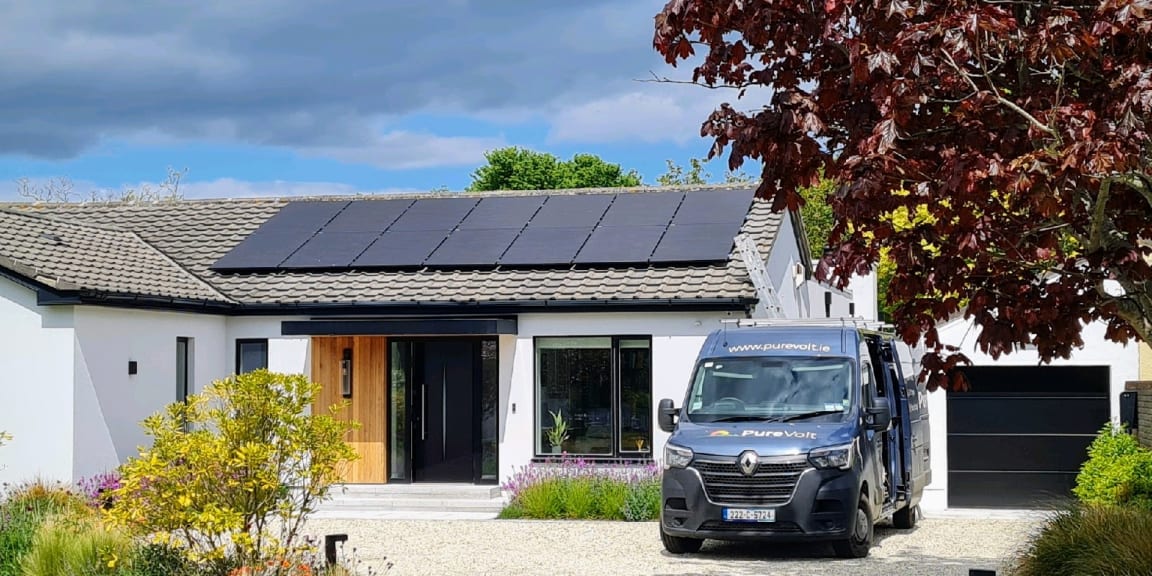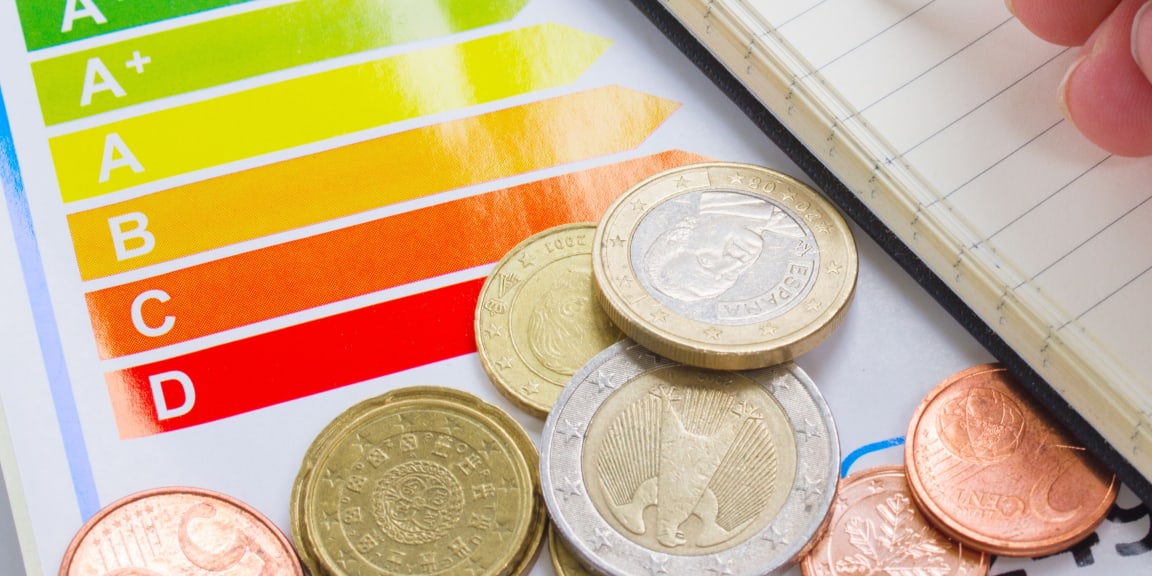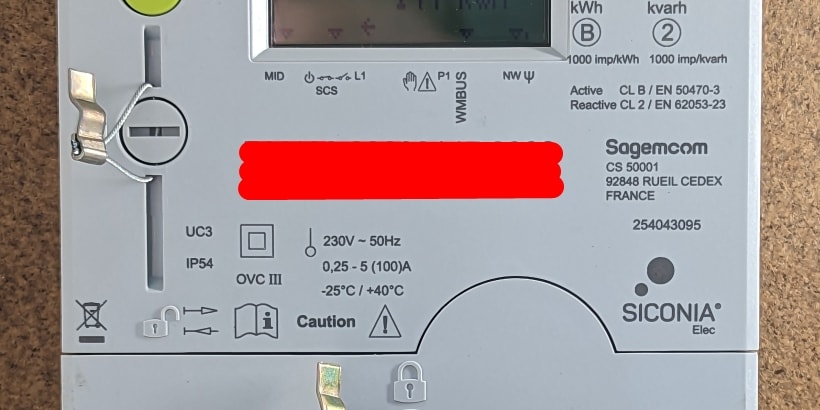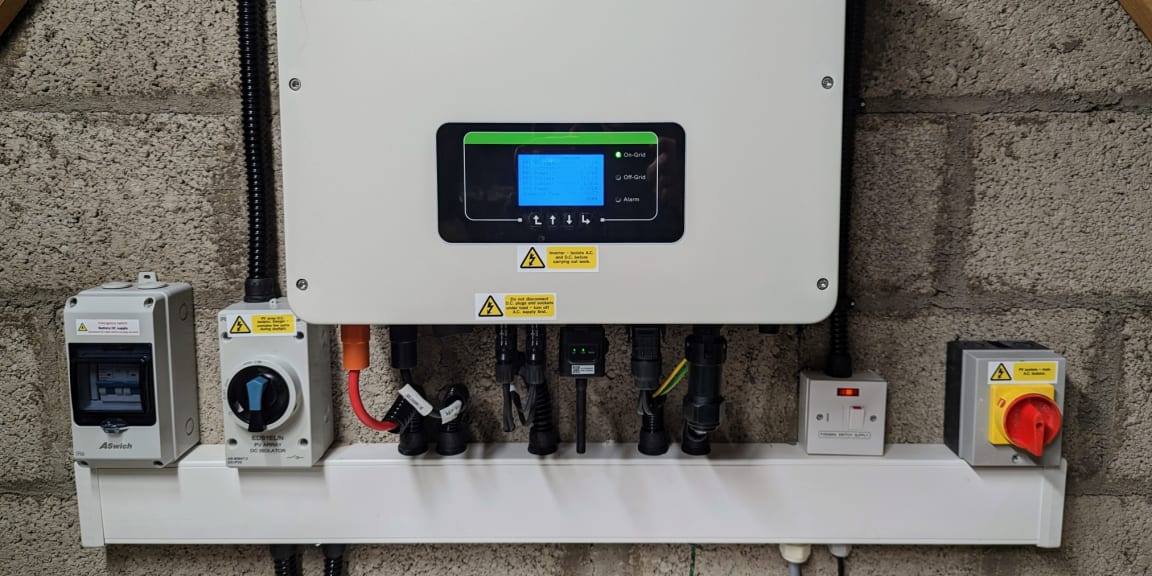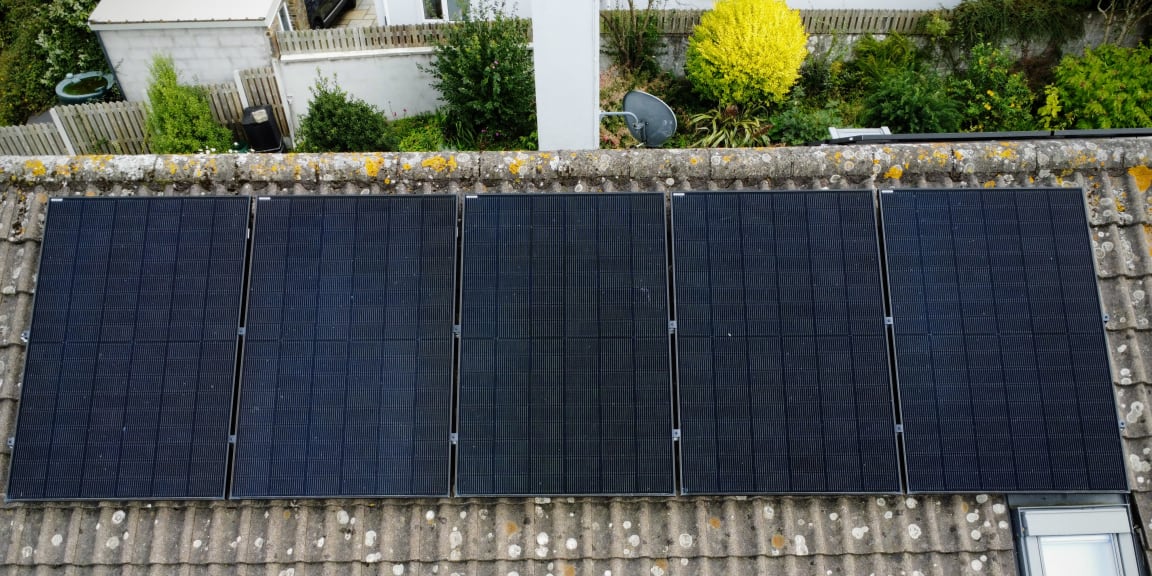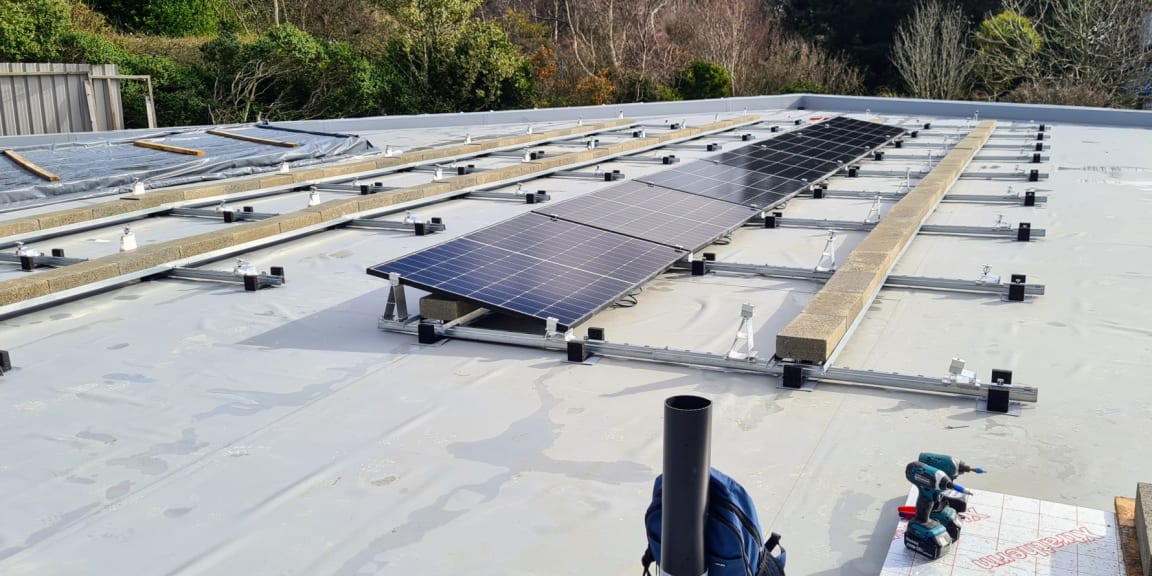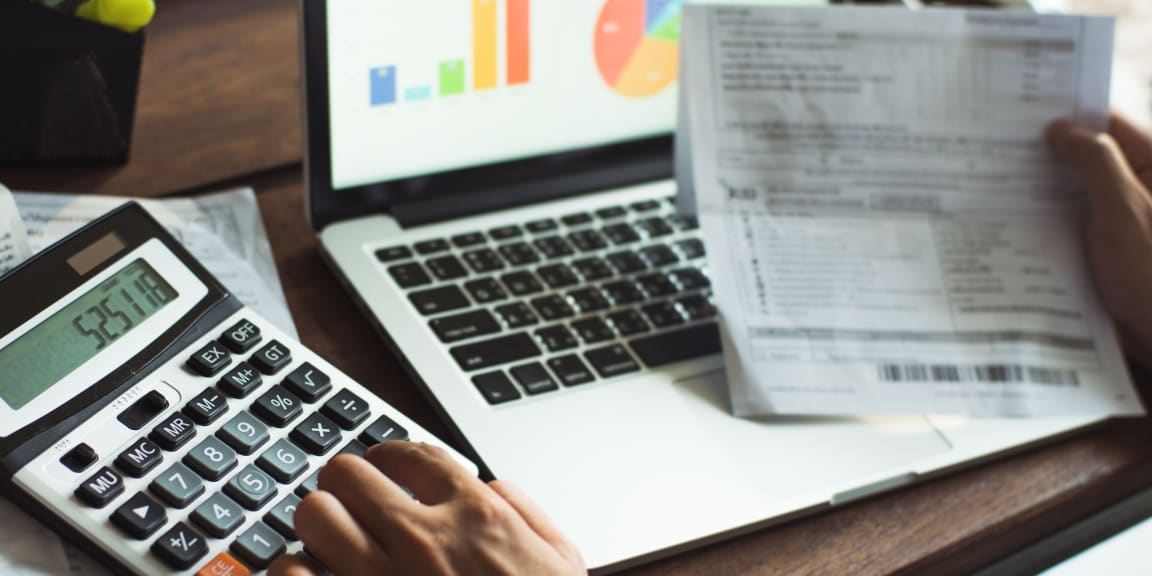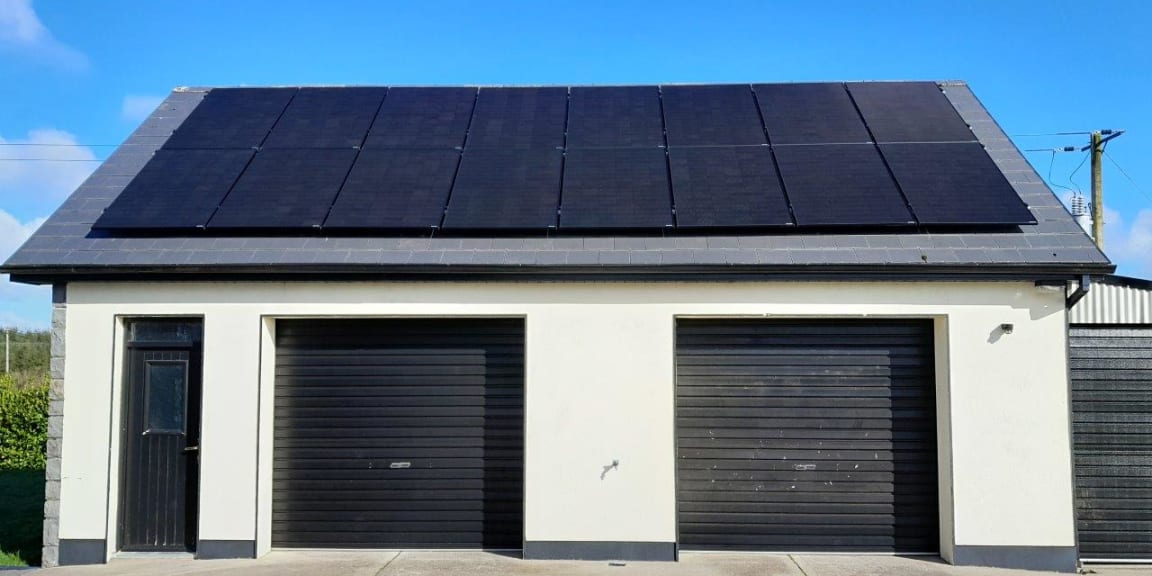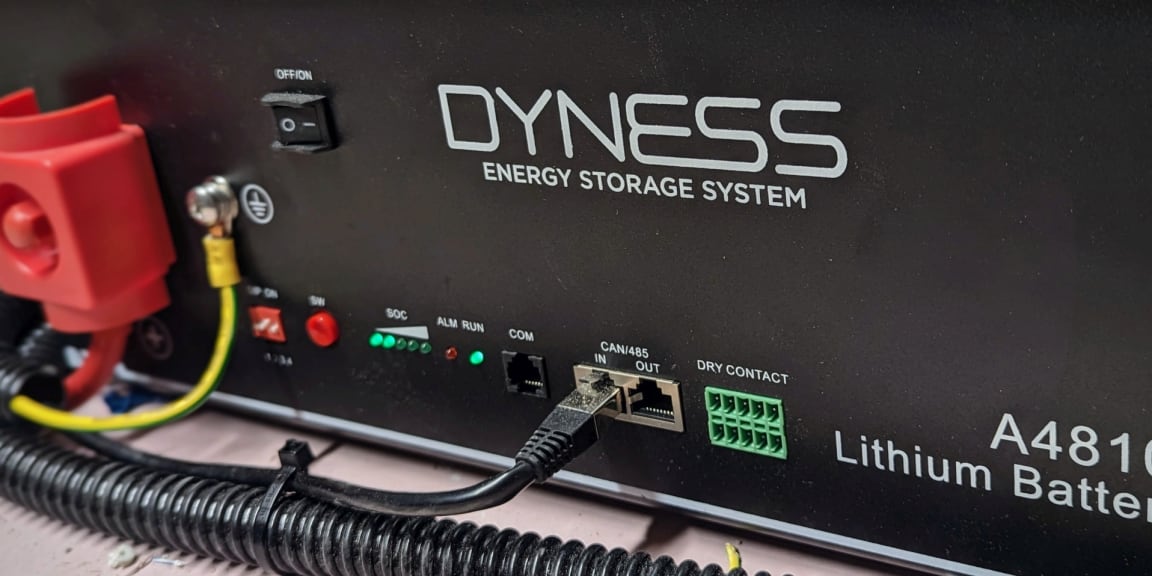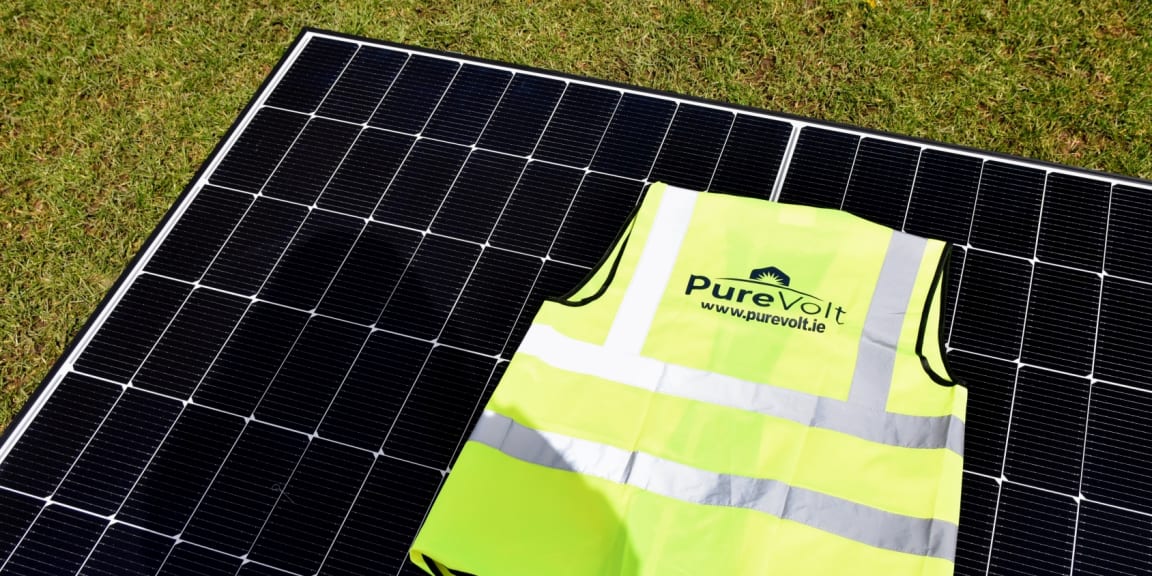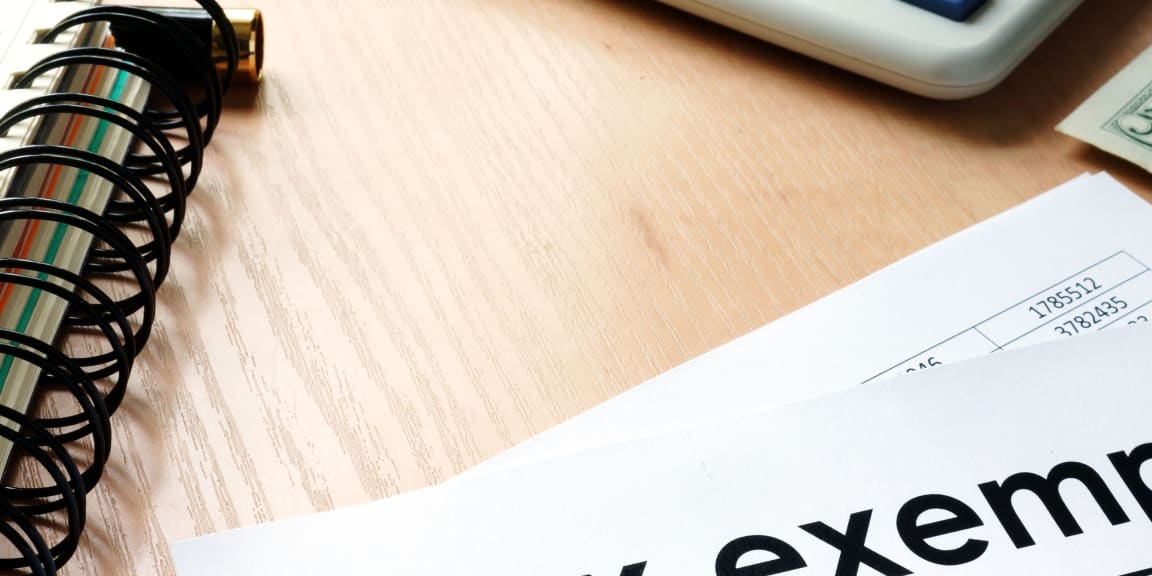How solar panels work
The basics
Before we dive into finding out how solar panels work, first we will run through a few essential points. These will help you understand the solar cell and how it generates electricity with the help of the sun.
Atoms
First, let's understand the basic structure of atoms. Everything we encounter in life is composed of atoms, and all atoms consist of three components. Neutrons and positively charged protons form the atom's center, known as the nucleus. Surrounding the nucleus are electrons, tiny particles that orbit the nucleus.
These negatively charged electrons are bound to the nucleus by an attractive electrical force with the proton. Just like the way two poles of a magnet are attracted to each other, electrons are the particles that generate electricity.
Insulators
You encounter many different insulators in everyday life. Examples include plastic, rubber, glass and wood. Insulators are materials that do not allow electricity and heat to move through them easily.
Conductors
Conductors, the opposite of insulators, are materials that allow electricity and heat to flow through them easily. Examples of conductors include copper, silver, gold, steel (metals) and seawater.
Semiconductors
Semiconductors are materials that, in some cases, will allow electricity to move through them. In other cases, they do not. A good example of a semiconductor is silicon.
The question we need to ask is — what is it that makes certain materials insulators, conductors or semiconductors? It all comes back to atoms, their electrons and how they are set up in the atom.
Valency and conductivity
Electrons arrange themselves in layers called shells around the nucleus. There is a finite number of electrons allowed in these shells. Electrons fill the inner shell first. Once that shell is full, they fill the next shell, then the next one and so on.
When an outer shell is full, the atom does not let heat or electricity move through it easily. These are insulators.
However, if there aren't enough electrons to fully fill the outer shell, electricity can flow more easily. This is the case for conductors.
For materials that are good at conducting, i.e. metals, there are only one, two or three electrons in the outer shell. We call the electrons in the outer shells of atoms the valence electrons.
Another characteristic of electrons in conductors is they can be relatively easy to remove from the atom. We can do this by giving them some extra energy (like the energy from the sun). This contrasts with insulators, where it's relatively difficult to remove electrons from the atom.
Electric field
An electric field is a region around a charged particle, for example, an electron, where it can exert a force on another charged particle.
The best way to understand this is to use an analogy involving magnets. Most of us have played with magnets at some stage or another. f you're holding a magnet in each hand and slowly moving them toward each other, at some stage, you will feel the two magnets exert a force on each other.
If the poles of the two magnets are opposite, you will feel a force pulling them toward each other. Likewise, if you bring two magnets together where both poles are the same, you will feel them repel each other. We call the space between the two magnets where they can exert a force on each other the magnetic field.
It is the same for electric charge. When you have two opposing charges separated by a distance, the charges exert a force on each other, and the region between them is the electric field.
Now think of this separation of charge and the attraction between them. The charges want to close that separation due to their attraction. But what if there's a barrier preventing them from coming together?
Suppose you connect a wire (a conducting material) between the two sides. In that case, electrons will travel through the wire due to the attractive pull-over to the opposing charge. We call this flow of charge an electric current.
If a device, such as a toaster, is part of the circuit, electrons will pass through it.They will lose some of their energy to that device. In other words, the device will receive power from the electrons.
Essentially, this is how batteries and other electrical circuits work.
Silicon solar cells
Silicon is the second most common element found on the earth. It is the primary substance used in the production of solar panels.
In silicon, the number of electrons in the outer shell is 4. In this shell, the largest number of allowed electrons is 8. This, in theory, makes silicon a conductor.
Yet, when many silicon atoms are together in a solid silicon crystal, the adjacent silicon atoms bond together. They rearrange themselves to share their outer electrons, so there are 8 electrons in the outer shells. These are known as covalent bonds. This arrangement makes silicon act as an insulator, which is not ideal for conductivity.
Then how is silicon used in solar panels to generate electricity?
We add impurities to the silicon by adding other atoms of a similar size. These other atoms have a different amount of electrons than the silicon. We call this process doping. Essentially, we add something that does not naturally belong to it. We do this to enhance its performance.
We perform two types of doping for solar panels, which we will explain now. If you would like to know how solar panels are made, read our article here.
P-type doping
We add a small amount of boron to the silicon during the production of solar cells. Boron has only 3 valence electrons. These boron atoms bond to adjacent silicon atoms.
But, there are not enough electrons in boron to complete a bond with all the silicon atoms. Essentially, some holes are left behind. This causes an imbalance of charge, leaving the silicon cell positively charged. This residual positive charge is where the name p-type doping comes from.
N-type doping
The next type of doping is n-type doping. This is where phosphorus is added to the surface of a silicon solar cell. Phosphorus has 5 valence electrons. Out of the 5 valence electrons, 4 bonds to the surrounding silicon atoms.
But, it leaves one remaining electron from each phosphorus atom that has not bonded to anything. Essentially, this leaves the surface of the solar cell negatively charged. This residual negative charge is where the n-type doping name comes from.
The magic of solar cells
The solar cell can produce electricity once the boron-doped silicon cell is subsequently doped with phosphorus. In this section, we will explain how this occurs.
We call the region where the negatively charged surface is in contact with the positively charged solar cell the p-n junction. An electric field is set up across the p–n junction. This results from the attraction between the electrons on the n-type side of the solar cell and the positively charged holes on the p-type side.
The electrons and charged holes move towards each other to cancel each other out. We call this process of moving charge carriers the diffusion current. The process of cancelling charges occurs at the p–n junction. It results in a neutrally charged region between the two sides. This region is called the depletion region because it is depleted of charge carriers.
As a result of the big rush of electrons to the p-side of the solar cell, some holes are left behind on the n-side, rendering it positively charged. Likewise, the rush of positively charged holes toward the n-side of the solar cell causes some excess electrons to be left behind. This renders the p-type side negatively charged.
An electric field is created across the depleted region when the charge on both sides builds up to a certain level. The electric field established is oriented in the opposite direction to the original field. When this field reaches a certain level, it counteracts the diffusion current, effectively halting the flow of current from one side to the other.
Now the depleted region of the solar cell acts as a barrier and does not allow further movement of charges from one side of the solar cell to the other. The separation of the positively and negatively charged sides of the solar cell creates a net electric field between them.
The doping process, which creates a depleted region due to the movement of charge, along with the resulting net electric field, produces conditions similar to those of a battery or electrical power source. A field capable of exerting a force is created due to the separation of charge. The solar cell now has the potential to behave as a source of power for electrical devices in your home.
As we already mentioned, the net flow of electrons has stopped (i.e., we have no current). But we do have an electric field.
So, where does this current that we need to power our devices come from? Well, this is where the sun works its magic!
Converting sunlight to electricity
When light from the sun hits the depleted region of the solar cell, the energy from the sun can be absorbed by electrons. This energy may be enough to excite an electron and free it from the bond with the atom.
This will cause a build-up of free electrons in the depleted region. These electrons will experience the force of the electric field that was set up across this region. But, they will not be able to cross the region because of the barrier.
Next, we connect the p-type and n-type sides of the solar cell using an external circuit wire. Again this may include a toaster, a light bulb etc. Electrons (a current) will flow from the n-type side of the solar cell through the circuit (and toaster) to the n-type side of the solar cell.
The moving electrons (the current) will lose some of their energy to the device it passes through during this process. This is how the device is powered. When the electrons reach the n-type side, they recombine with a hole. And then, the whole process starts over again, thus providing a self-sustainable source of power for your home.
